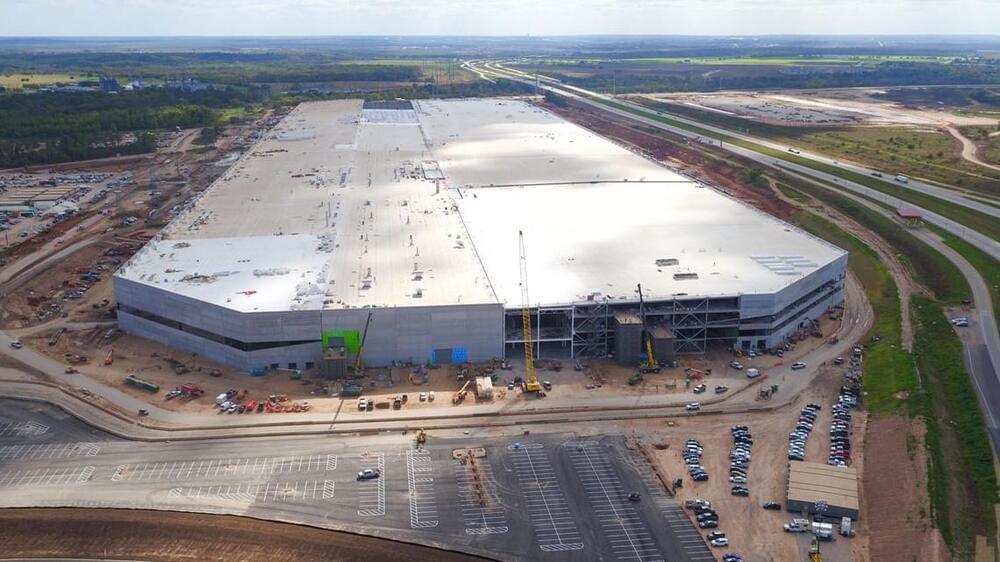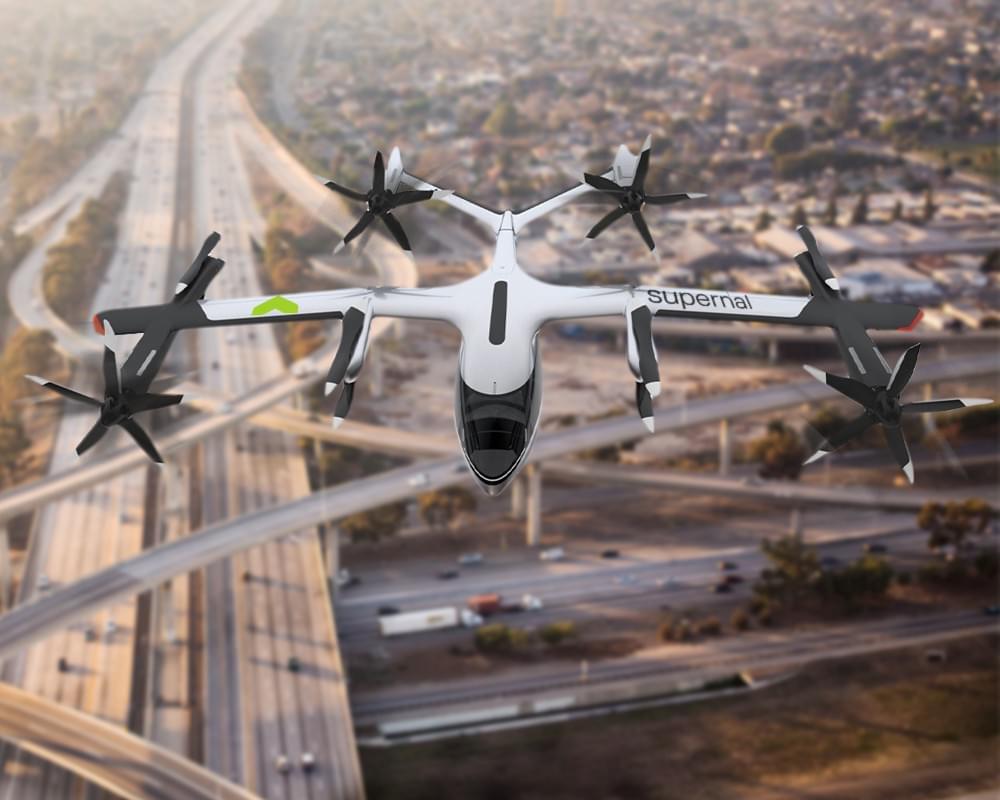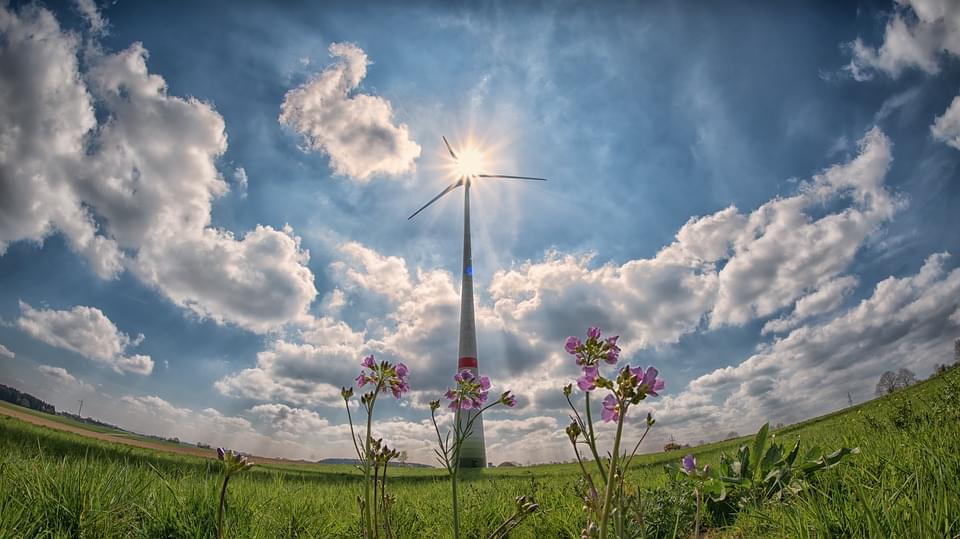The dissemination of synthetic biology into materials science is creating an evolving class of functional, engineered living materials that can grow, sense and adapt similar to biological organisms.
Nature has long served as inspiration for the design of materials with improved properties and advanced functionalities. Nonetheless, thus far, no synthetic material has been able to fully recapitulate the complexity of living materials. Living organisms are unique due to their multifunctionality and ability to grow, self-repair, sense and adapt to the environment in an autonomous and sustainable manner. The field of engineered living materials capitalizes on these features to create biological materials with programmable functionalities using engineering tools borrowed from synthetic biology. In this focus issue we feature a Perspective and an Article to highlight how synergies between synthetic biology and biomaterial sciences are providing next-generation engineered living materials with tailored functionalities.









